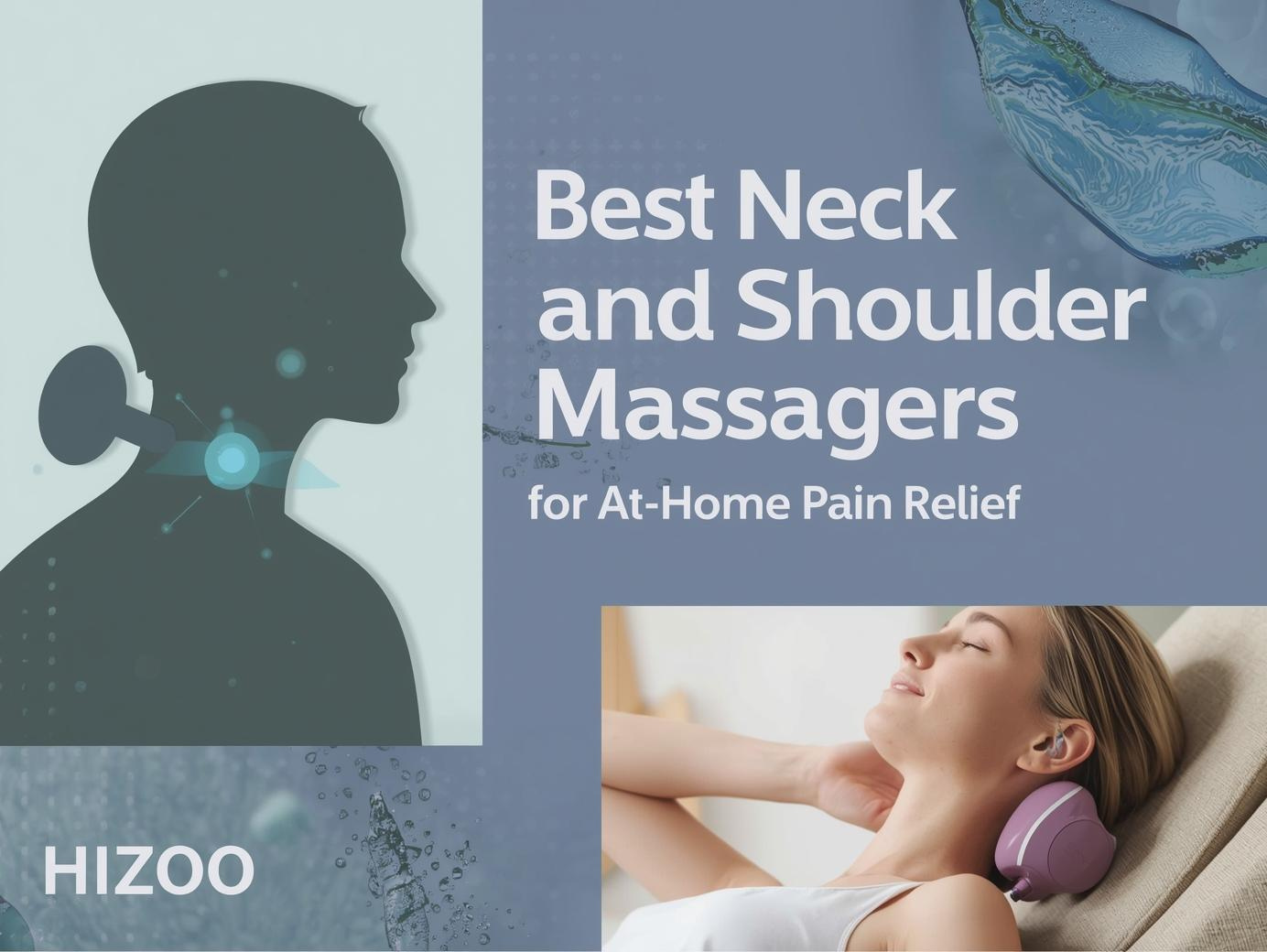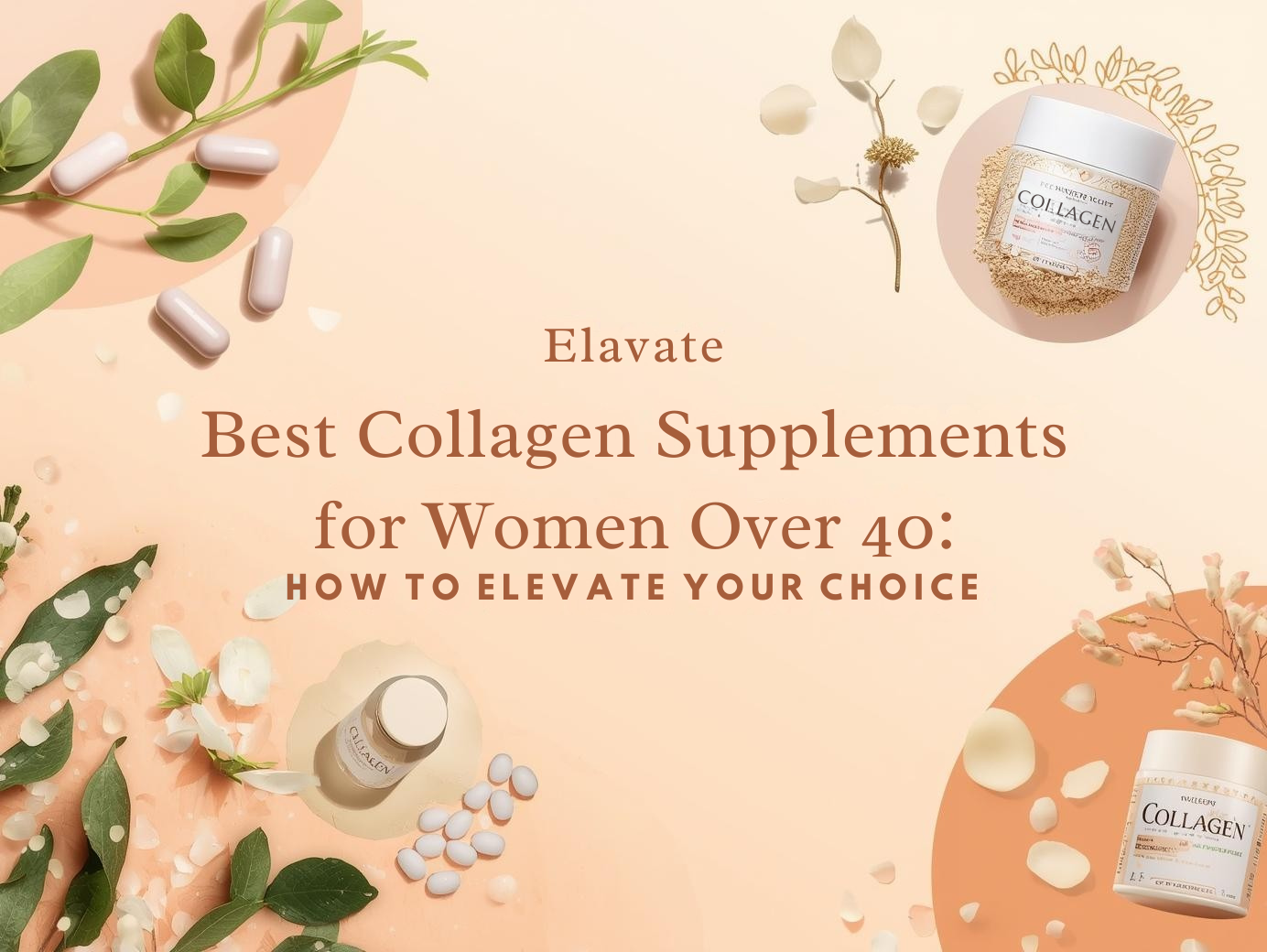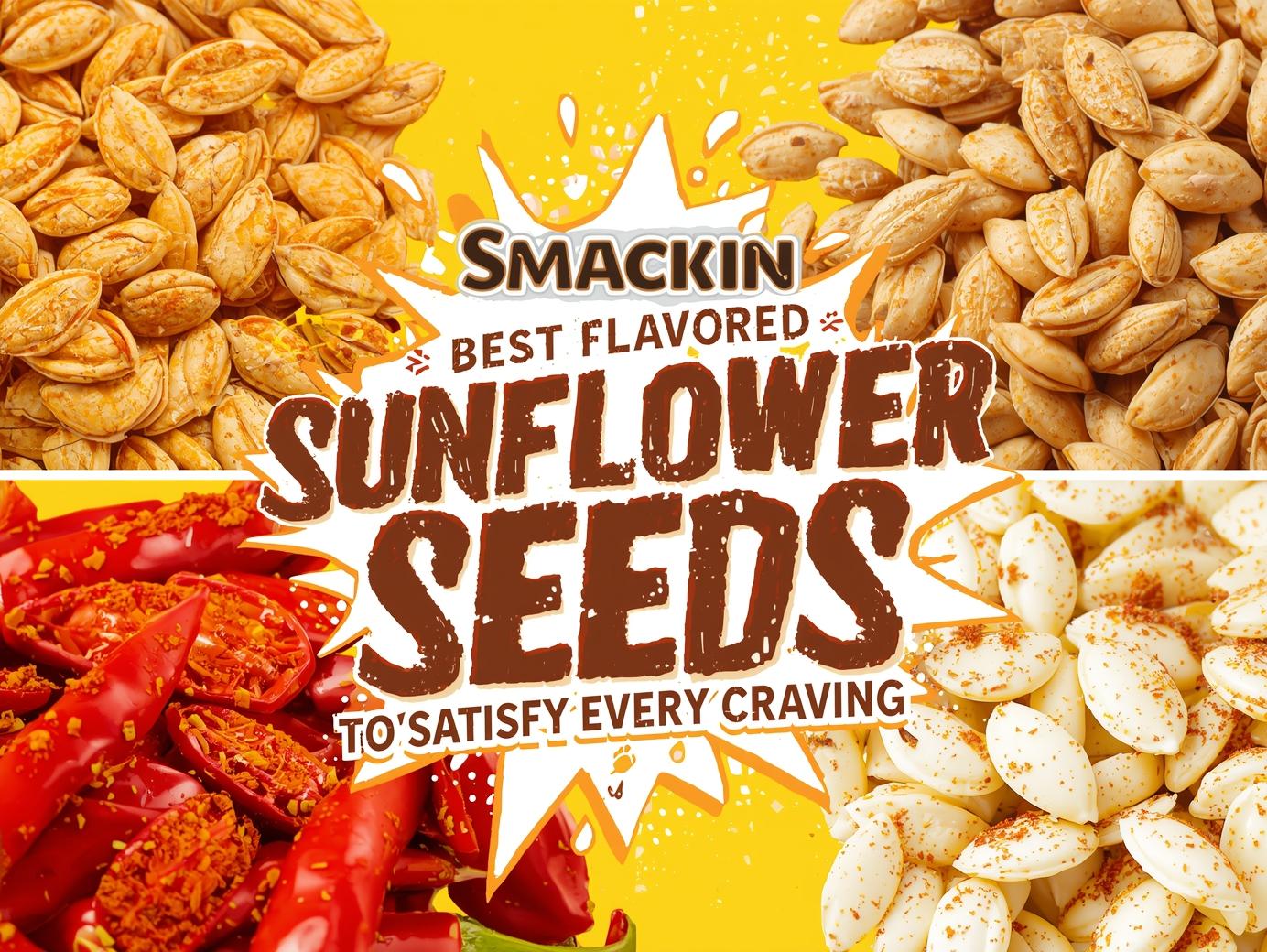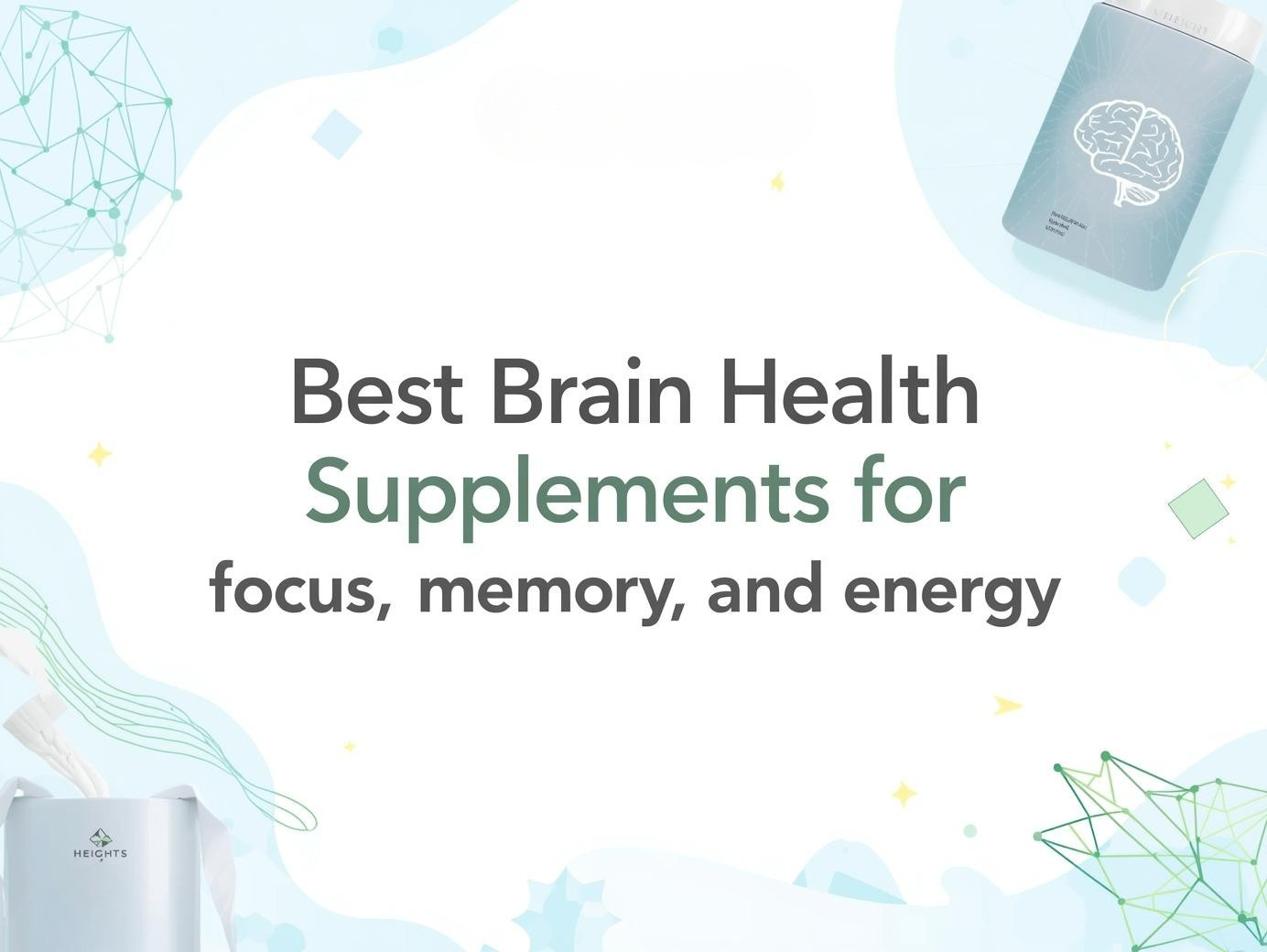What Your Clean Beauty Labels Are Really Saying?
The world of beauty is evolving, but so are the marketing tactics. As interest in "clean beauty" grows, so does the confusion around what it actually means.

The world of beauty is evolving, but so are the marketing tactics. As interest in "clean beauty" grows, so does the confusion around what it actually means. You’ve probably come across labels claiming "natural," "organic," "non-toxic," or "green," only to realize later that those words don’t always guarantee safety or transparency.
You're not alone in feeling overwhelmed. More consumers like you want products that are safe, sustainable, and ethically made. But in a market full of vague terms and greenwashing, it’s tough to make informed choices. This guide breaks down the truth behind beauty labels so you can feel confident the next time you pick up a "clean" product.
What Clean Beauty Really Means?
Clean beauty isn’t regulated by any global standard. There’s no official rulebook, which is why the meaning often shifts depending on the brand. Still, there are shared principles that most clean beauty aligns with:
1. Excludes Certain Ingredients
Clean beauty generally avoids ingredients known for causing irritation or long-term harm. These often include:
- Parabens
- Sulfates (like SLS or SLES)
- Phthalates
- Synthetic fragrances
- Formaldehyde releasers
- PEGs and petrochemicals
2. Emphasizes Ingredient Transparency
Clean brands usually disclose full ingredient lists and explain why each component is used. If you see a company clearly outline what they avoid and why, it’s a positive sign.
3. Values Cruelty-Free Testing
Many clean products are also cruelty-free, meaning they are not tested on animals. Look for third-party certifications to verify these claims.
4. Often Eco-Conscious
Clean beauty often overlaps with sustainable packaging, ethical sourcing, and biodegradable formulations. However, clean doesn’t always mean eco-friendly, so it’s worth reading the fine print.
The takeaway? Clean beauty is more of a philosophy than a category. It centers around safety, simplicity, and responsibility.
Common Clean Label Misconceptions
Just because a product has a green leaf on its box or says “natural” doesn’t mean it’s safe, effective, or genuinely clean. Misunderstanding these buzzwords can lead to misguided choices.
1. “Natural” Isn’t Always Better
Ingredients labeled as “natural” can still cause irritation or allergies. Poison ivy is natural too, but you wouldn’t rub it on your skin. Look for proven botanical extracts that have been dermatologically tested.
2. “Fragrance-Free” Can Be Deceptive
Some fragrance-free products still contain masking fragrances. These synthetic additives cover up chemical smells and can trigger sensitivities. Always scan for “parfum” or “fragrance” on the label.
3. “Organic” Doesn’t Mean 100% Organic
Unless it has a certified organic seal, a product with the word “organic” on the front could still contain synthetic preservatives or non-organic fillers. Brands may only include a small percentage of organic ingredients.
4. “Hypoallergenic” Is Not Regulated
This term isn’t monitored by regulatory bodies. It simply means the brand believes the product is less likely to cause a reaction, not that it won’t.
Reading beyond marketing claims is critical. Just because a label sounds clean doesn’t mean it is.
How to Read an Ingredient Label?
Your most powerful tool as a consumer is the ability to read a skincare label. It’s not as complicated as it sounds, especially when you know what to look for.
1. Focus on the First 5 Ingredients
These make up the bulk of the formula. If a product promotes aloe vera but it’s listed after fragrance or coloring agents, you’re not getting much of it.
2. Learn the Common Red Flags
Avoid ingredients like:
- PEGs (polyethylene glycol)
- Mineral oil (can clog pores and is petroleum-derived)
- Formaldehyde releasers (DMDM hydantoin, imidazolidinyl urea)
- BHA and BHT (potential endocrine disruptors)
3. Understand INCI Naming
Ingredients are often listed in their International Nomenclature of Cosmetic Ingredients (INCI) form. For example:
- Tocopherol = Vitamin E
- Butyrospermum parkii = Shea Butter
- Sodium Ascorbyl Phosphate = A form of Vitamin C
Recognizing these names helps you spot ingredients you love or wish to avoid.
4. Know What “Preservative-Free” Actually Means
All water-based products need preservatives. If a product claims to be preservative-free but contains water or aloe, it might be misleading or prone to microbial contamination.
By learning to decode labels, you make empowered choices without falling for the hype.
Certifications to Trust
Not all logos on the back of a bottle mean the same thing. Here are the most credible clean beauty certifications and what they promise:
1. USDA Organic
- Indicates ingredients are grown without synthetic pesticides or GMOs
- Products must meet specific organic composition thresholds
2. EWG Verified
- Issued by the Environmental Working Group
- Ensures no harmful chemicals and full ingredient transparency
3. COSMOS (Organic/Natural)
- A European certification standard
- Covers both natural and organic cosmetics
- Regulates sustainability and production ethics
4. Leaping Bunny
- Guarantees that a product and its ingredients are 100% cruelty-free
- Overseen by the Coalition for Consumer Information on Cosmetics
5. Ecocert
- Covers raw materials, final product composition, and eco-friendly packaging
When a brand carries these marks, it shows a higher commitment to transparency and ethics.
Curated Clean Beauty Product Picks
Looking to build or upgrade your routine? Here are clean beauty staples that fit different needs and categories:
Gentle Cleanser (No Sulfates)
Look for a cleanser with coconut-derived surfactants or mild foaming agents. These clean without disturbing your skin’s barrier.
Plant-Based Moisturizer (Sensitive Skin)
Choose creams made with calendula, chamomile, or squalane. These soothe redness and hydrate without heaviness.
Mineral-Only SPF
Zinc oxide and titanium dioxide provide broad-spectrum protection without hormone-disrupting chemicals. Bonus: reef-safe.
Low-Waste Packaging Essentials
Refillable jars, aluminum tubes, and compostable cartons are excellent options. Brands offering bulk refills or packaging return programs are leading the way.
Multi-Tasking Serums
Pick ones with niacinamide, hyaluronic acid, and botanical extracts like green tea or licorice root, safe and effective.
Start small. Replace one or two items as you finish old ones, and soon your routine will reflect your clean values.
Decoding Beauty
Choosing clean beauty isn’t about being perfect. It’s about being more informed and intentional with what you use on your skin every day. With better label literacy, you reduce your exposure to potentially harmful ingredients while supporting ethical, sustainable practices.
The next time you hold a product promising to be "natural" or "clean," flip it over. Check the label, verify its certifications, and scan the ingredients. With this guide, you now know what to look for and what to avoid.
Your beauty routine can be a powerful act of self-care and planet care. One thoughtful swap at a time, you move closer to products that reflect your values, clean, clear, and conscious.
Learn how to decode ingredients, avoid greenwashing, and choose clean beauty products that are truly safe and effective.
Recent Blogs
-

Best Neck and Shoulder Massagers for At-Home Pain Relief
-

Best Collagen Supplements for Women Over 40: How to Elevate Your Choice
-

Best Natural Aphrodisiac Supplements for Boosting Libido and Performance
-

Best Flavored Sunflower Seeds to Satisfy Every Craving
-

Best Brain Health Supplements for Focus, Memory, and Energy